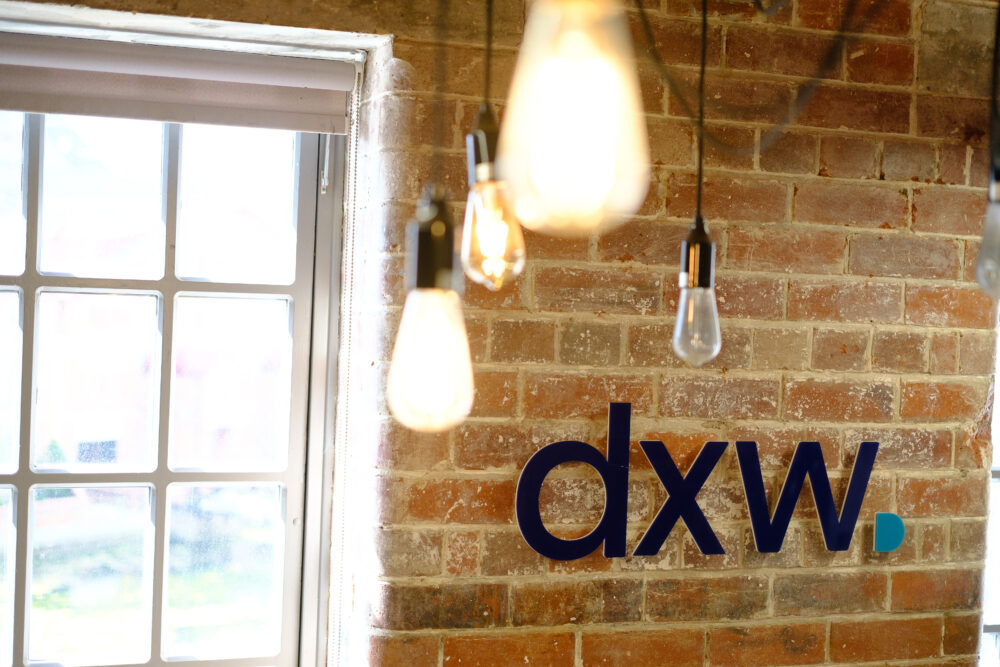4 ideas for the digital centre of government

Digital procurement is becoming commoditised – move it to the digital centre
You’ll probably have seen that the Department for Science, Innovation and Technology (DSIT) has appointed an external advisory panel to support the design of the ‘digital centre’ in government.
Focusing on developing a vision for the future of digital public services and unlocking the full potential of digital and data, lots of people (many of whom we agree with) have posted thoughts online about what the panel should advise government.
So, here’s our view.
1. Move digital procurement to the centre
Digital procurement is becoming commoditised – move it to the digital centre.
Existing commercial teams procure digital and tech skills as commodities. Bigger contracts are preferred, buying skills in bulk to drive savings. Just look at the heavy weighting given to price (over value) when contract proposals are scored. In order to compete on price, suppliers are in a race to the bottom, often forced into ‘loss leading’ work or seeking to recoup staffing costs by stealth. Only larger suppliers can compete on price like this, shrinking the SME sector. Driving market consolidation rather than growth.
Less understanding of digital skills in commercial teams has meant moving away from outcomes-based procurement. Where “reduce homelessness in our area” has become “give us 40 business analysts”. With bulk buying, contract success is less about whether public services are improved and more about how many team roles are filled.
We need to recognise that the upcoming Procurement Act is not a silver bullet. The Civil Service needs cultural change, starting with a proper and considered investment in commercial capability.
2. Nationalise the workforce
SMEs and digital agencies such as dxw have a vital role to play in supporting digital public works.
Yet our sector is not, and should never be seen as, a viable alternative to investment in a strong, highly skilled, public sector workforce.
Attention must shift to building robust digital knowledge and capability within government. To do that, government will need to develop a more sophisticated understanding of digital roles, their value, and how to best support their development.
Crucially, we need to create digital careers, not just digital roles, in the public sector. Otherwise the public sector will continue to lose its skilled digital people to the private sector, who hire them to work on…public services. With them goes institutional memory and momentum on mission critical work, which a private company could never realistically be expected to keep.
As a SME, we recognise and value the importance of this investment in digital within the Civil Service. Being a smaller company, we can’t afford to not prioritise the quality of work. We aren’t too big to fail. A nationalised workforce is able to prioritise quality more too. And with more mature internal teams, they can both see the bigger picture and act upon it. That’s really exciting for SMEs, who have the focus and agility to work on urgent and important problems.
3. Break up the back-office
Big bulky back-office systems are often a root cause of why even the smallest technology or design changes can take months.
Legacy tech is a fundamental blocker to innovation and experimenting with technologies like AI. To make the next generation of public services, we need to break up back-office systems into composite components.
This idea of a ‘composite service’ is well articulated in Richard Pope’s new book, Platformland. Using the pandemic as an example, Richard highlights how the end-to-end testing service was several smaller services that people used in different combinations, depending on how and where they got tested.
Instead of buying ‘off-the-shelf’ case management systems, we need components like ‘show safeguarding history’ or ‘calculate debt’. Easily and quickly strung together based on needs.
Proprietary or mega-build systems often promise this flexibility, but in reality it’s never the case. Legacy tech starts with legacy thinking. Hoping the messy reality of running a public service, be that a prison or hospital ward, can be done with a single, big system. Big problems don’t have big fixes. But several smaller solutions thoughtfully brought together can address the challenge.
To avoid replacing legacy technology with systems destined for the same fate, we need to rethink what we are commissioning, how and why. We cannot simply replace the old with new versions of the same.
4. Designing the post-digital public service
Of course that means embedding digital skills in aspects of the public sector that are explicitly preoccupied with technology. But it also means recognising that all public sector roles will be fundamentally shaped by the technology around them. So government must rethink the setup and capabilities of different ‘functions’ of government (e.g. commercial, HR) and ensure that, where appropriate, they are considered as a ‘digital’ service too.
Government needs to adopt a ‘whole-service’ transformation approach to developing public services going forward.
Across the whole public sector, people must be able to recognise the way technology shapes experiences and interactions. They need to have the skills and flexibility to support and deliver change as we shift to new systems and ways of working. New services are only as good as the people who operate them.
HR managers, for example, need to understand the role AI is playing in the job market to attract the best talent. And crucially, commercial and procurement teams need the skills to be able to critically engage with suppliers, designing projects that maximise external expertise and focus on delivering impactful and timely outcomes for society.